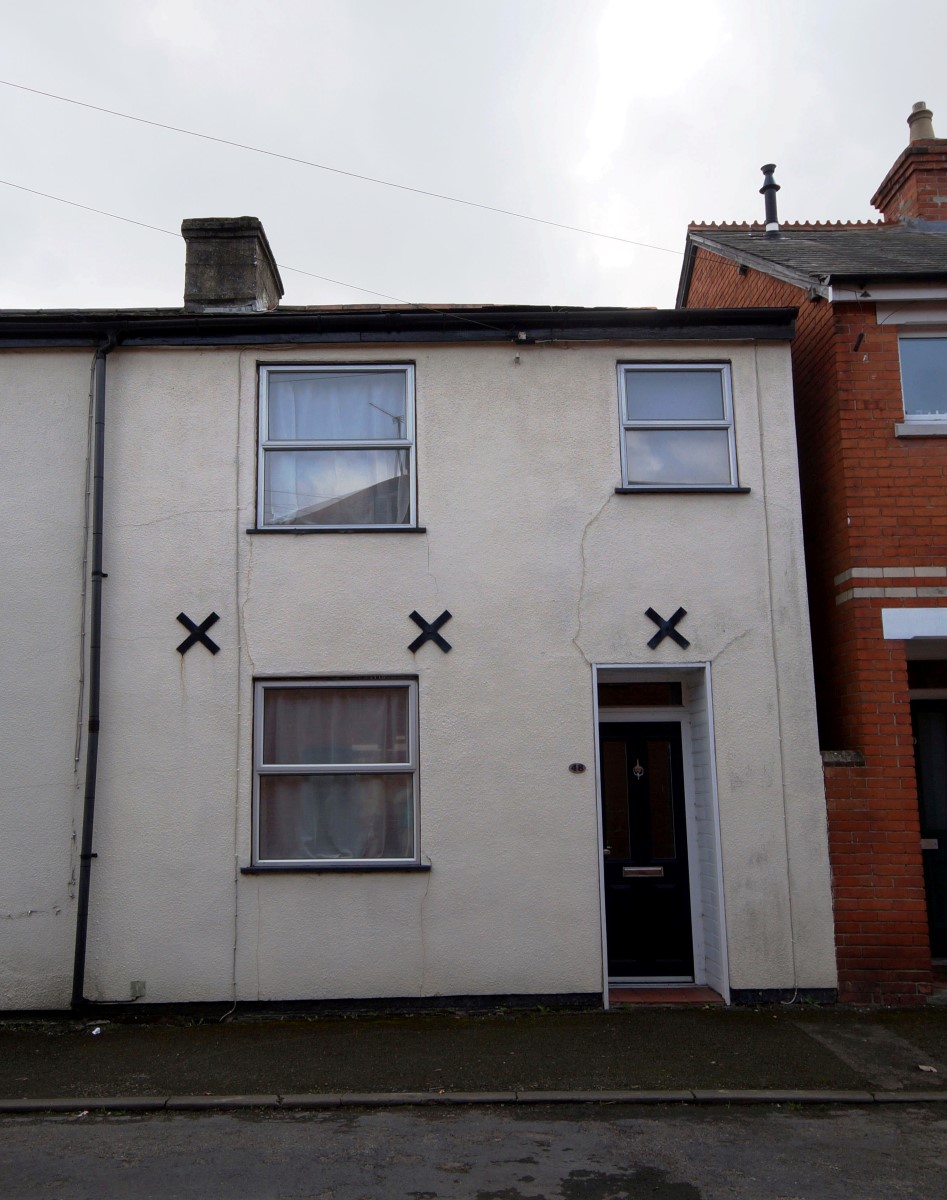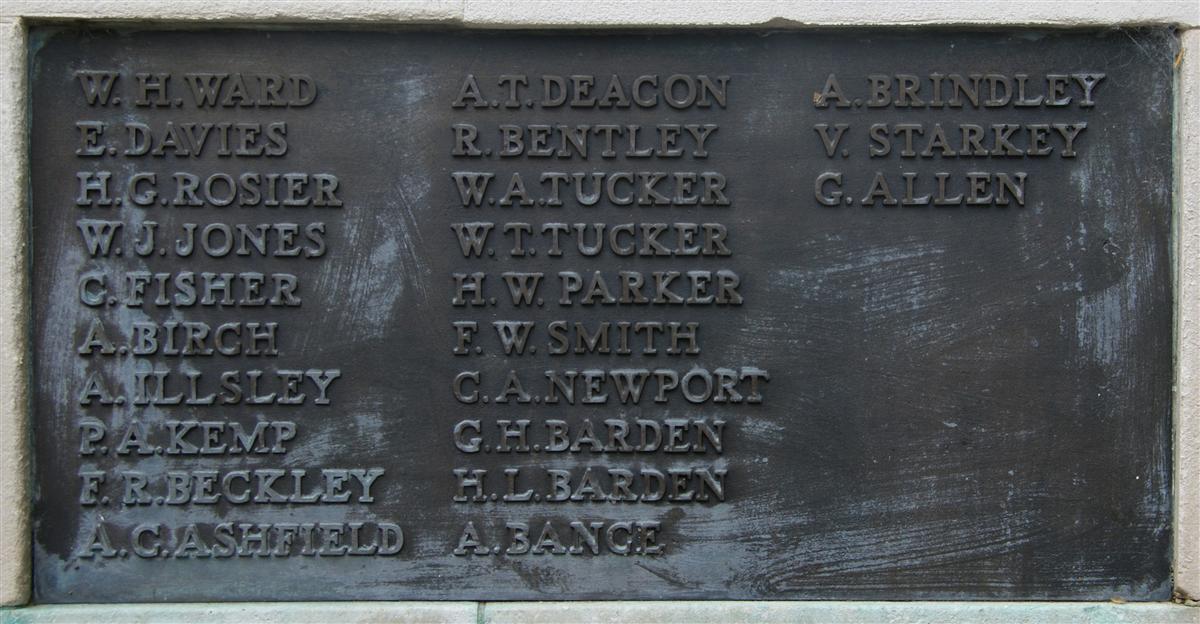George Henry Barden
Private 5984 George Henry Barden, 16th Battalion, Australian Infantry Force
George was born in Inkpen in 1885 and was baptised on 19th July; his parents were Alfred Joseph Barden and his wife Elizabeth (née Hopkins). Alfred was an incomer (from London) who was working in Inkpen as a bricklayer or brick cutter (shaped bricks were a feature of better houses of the period), Elizabeth was a local girl. They raised a large family of eleven children (George was the third child, the eldest of their six sons).
In 1901 George was working as a ‘poultry fancier’. Poultry fanciers were breeders of chickens, turkeys, etc – at 15 George was probably working at a local poultry farm. He obviously felt his prospects were limited in Inkpen and decided to move away in search of a better life – not just to a local town or even a major city; George chose a long distance move to Australia.
Once in Australia he found employment as a mill hand at the No 1 State Mill at Manjimup, 190 miles south of Perth, Western Australia. This was a sawmill, processing the timber that was the reason for the founding of a settlement at Manjimup in 1856. Pictures: click.

48 Russell Road. George's mother settled here when she moved to Newbury without her husband. |
Back in England the family was split when Alfred got a job in London as a master builder; for some reason the family did not all go with him; Elizabeth moving to Newbury with the younger children in 1914. They lived at Litchfield House, Queen’s Road and later 48 Russell Road. Alfred made regular trips back to see the family.
When war broke out in 1914 many young Australians volunteered to fight for the mother country; George was not among this early rush, waiting until September 1915 before offering his services. On this occasion he was turned down, he declares, because of the state of his teeth. There may also have been a general concern about his age and fitness; although he was only 31, when he tried again on 12 March 1916 he felt it necessary to lie and tell the recruiter he was 25. This time, was accepted; he joined the Australian infantry on 23 March. His attestation papers gives an idea of what George may have looked like, 5ft 3ins tall with a dark complexion (helped, no doubt) by the Australian sun, with brown eyes and dark brown hair. At 10st 10lb he was well built for a man of his height. He gave his mother as his next of kin, though his father was still alive, he also filled in a will form leaving everything to his mother.
After a few months training he found himself on board the SS Militades sailing on 9 August 1916 bound for Plymouth where George disembarked on 25 September. More training followed before he was once more onboard a ship, the SS Victoria, for a far shorter journey across the channel from Folkestone. A day later, on 17 January 1917 he arrived at Etaples in France, where he was assigned to the 16th Battalion of the Australian Infantry Force (AIF) which he joined in the field at Mametz Camp on 21 January.
As part of the 4th Australian Division, the 16th Battalion took part in the Battle of Arras, notably during the first attack on Bullecourt on 11 April 1917 when their casualties amounted to 14 officers and around 600 men; the morning of the attack their strength was 817 officers and men. George was one of the survivors; he also survived the Battle of Messines in June, though the 16th Battalion only played a minor part in that offensive.
At the end of June George was suffering from influenza and had a week in hospital, returning to the battalion on 5 July.
A month later, on 3 August, the battalion relieved the 44th Battalion in the front line near Messines (Mesen, Belgium). Over the next six days the German artillery inflicted many casualties. On 8 August George’s luck ran out and he was wounded in the arm, back and abdomen. He was evacuated from the line as far as the 2nd Australian Casualty Station, situated behind the lines outside the village of Steenwerck (just over the border in France). The following day, 9 August 1917, George succumbed to his wounds. He was buried in the Trois Arbres Cemetery at Steenwerk in grave I.Z.7.

George Barden's name on Newbury War Memorial (lower middle) |
His death was announced in the local paper:
Newbury Weekly News, 30 August 1917 – Killed in Action
BARDEN. – Killed in France, George Henry Barden, of the Australian Expeditionary Force, eldest son of Mrs A J Barden, of Litchfield House, Queen’s-road, Newbury.
Nor was he forgotten in Australia:
The Western Austalian, 8 August 1918 – In Memoriam, Anzac Heroes
BARDEN. - A tribute to the memory of George, who died of wounds August 8, 1917; friend of my dear husband, Private L. Solomon, who was killed in action. June 9, 1917.
They proved themselves no shirkers, In the hearts that they left at home - Ever remembered. |
Inserted by G. Solomon, Jarnadup.
Locally he is remembered on Newbury Town War Memorial, alongside his brother Horace who died within days of landing in Belgium in October 1914.
Thanks to Karen Newbury for her help researching the Bardens

Find a memorial :
| Died this day: | |
| 15 January 1943 | |
| L C Lawrence | |
| Newbury |

Like this site? Show your appreciation through a donation to a great charity.